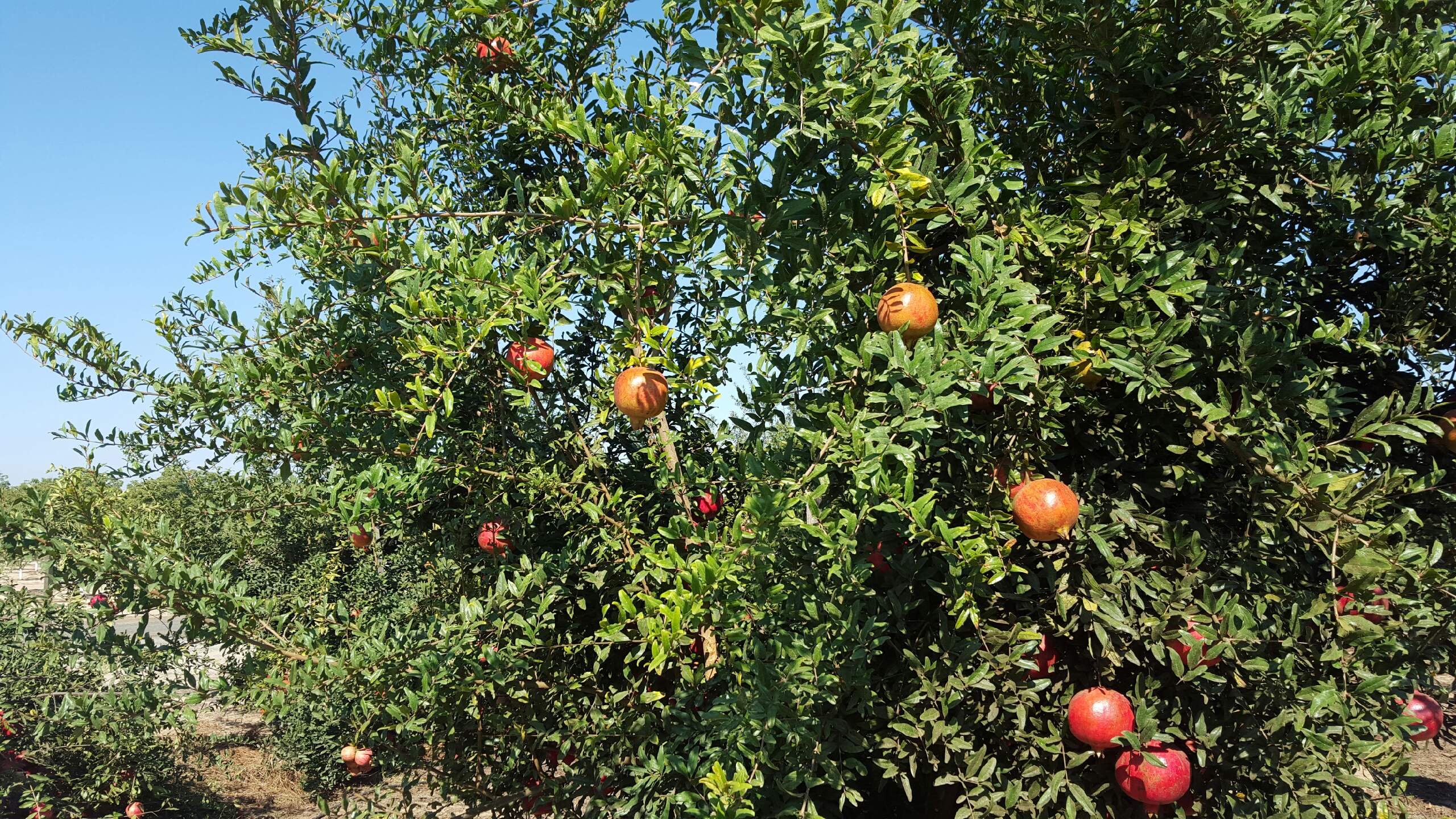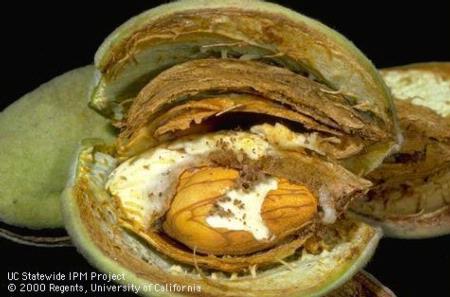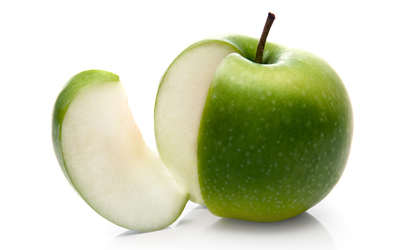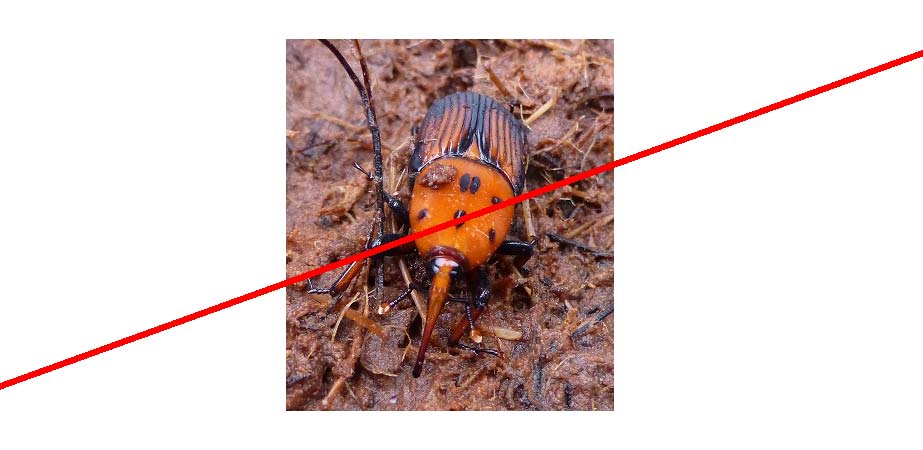Health Benefits of Pomegranates
Dong Wang on Health Benefits of Pomegranates
By Charmayne Hefley, Associate Editor
As the demand for healthy food items increases, farmers are choosing from among a larger diversity of crops to grow. Dong Wang, research leader with the United States Department of Agriculture Research Service in Parlier, spoke at the 2015 UC Kearney Ag Research and Extension Center (KARE) & USDA-ARS Pomegranate Field Day last week.
Wang said “the International Society of Horticultural Sciences[1] organized a conference in 2013 on pomegranates and other minor fruits. Attendees from about 20 countries presented their pomegranate research findings on crop production, yield, quality, and genetic aspects of different species, including cultivars. They also presented findings relating to health benefits and the biochemistry of pomegranate products.”
Researchers and experts in California and around the world continue to explore producing a plant variety with the genetic potential for higher yield. And while increased marketable yield is important, Wang said researching pomegranate health benefits and phenolics—compounds with antioxidant properties—may be more beneficial than the absolute yield, “so people are researching multiple aspects of the topic.”
While the U.S. has a relatively small market for fresh pomegranates, pomegranate juice and secondary products, which are more common in the U.S., help to increase the fruit’s marketable yield. Wang explained some Americans eat fresh arils atop salads and other dishes, but those not-so-perfect on-the-surface pomegranates will still be desirable for the fresh market because they still contain beneficial compounds when processed. This research on phenolics, vitamins, and other compounds found in the fruit has been performed not only on the juice and the arils, but also in high-concentrate peels.
The International Society of Horticultural Sciences organized a conference in 2013 on pomegranates and other minor fruits. Conference attendees from about 20 countries presented their pomegranate research findings on crop production, yield, quality, and genetic aspects of different species, including cultivars. They also presented findings relating to health benefits and the biochemistry of pomegranate products.”
As a result of the 2013 International Society of Horticultural Sciences Conference in 2013 on pomegranates, Wang co-authored a proceedings book published by the International Society of Horticultural Sciences in July 2015. Co-written with Zhaohe Yuan, Nanjing Forestry University and Erik Wilkins, Paramount Farming Company, the volume, “Proceedings of the Third International Symposium on Pomegranate and Minor Mediterranean Fruits,” covers the following major areas of research and state-of-the-art technology: Physiology and Biochemistry, Secondary Metabolism and Human Health, Integrated Pest Management and Disease Control, Marketing and Economics, Genetic Resources and Breeding, Cultivation Techniques, and Post-harvest Technology. According to the USDA, “The book serves as the largest collection of the most current knowledge on pomegranate science and technology in the world.”[2]
_____________________________________
[1] International Society of Horticultural Sciences




















